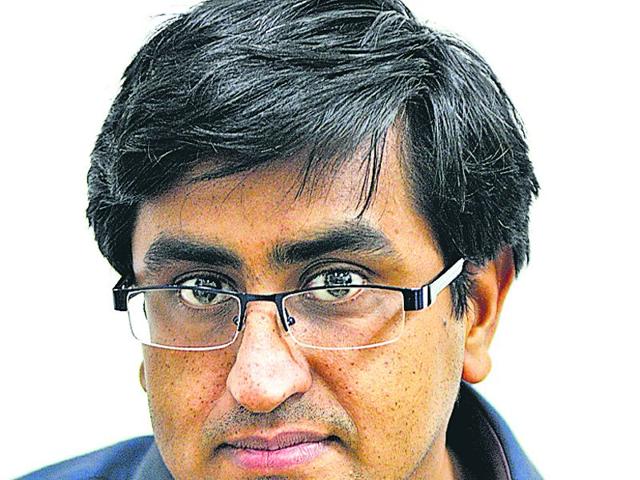Capital Talk: The circle of money
The dictionary defines economy as a system by which a country’s goods and services are produced and used. The patterns in which resources (primarily money) move through the cycle define the state and type of the economy. A recent headline in newspapers has been ‘Bank loans to get cheaper’.
The dictionary defines economy as a system by which a country’s goods and services are produced and used. The patterns in which resources (primarily money) move through the cycle define the state and type of the economy.

A recent headline in newspapers has been ‘Bank loans to get cheaper’.
What does it mean? The country’s central bank, The Reserve Bank of India, has lowered the rate at which it lends to banks (the repo rate) to 7.5%.
This will make available more cash for use with banks, raising expectations that financial institutions would reduce loan rates for customers and corporations, putting more money in the hands of everyone, including you and me.
What these entities do with this extra money will decide whether our economic circle expands or contracts as money can be spent either in capital formation or in consumption. There is no line separating consumption expenditure from capital expenditure, it is a continuum. There is a thumb rule though; what you spend on building an asset is capital expenditure, while consumption expenditure is short-term. For instance, spending `2,500 on a restaurant meal is consumption expenditure, while buying a bicycle with the same amount is capital expenditure.
Uncontrolled consumption expenditure is one of the factors that leads to inflation. This is sustained and continuous rise in prices of goods and services over a period of time. The difficulty with the Indian economy is its unorganised nature, where banking access is poor, making it difficult to judge the size of our economy in real terms. The recent brouhaha over black money was proof that our economic circle does not record most transactions and we need to move people from the unorganised sector to the organised sector.
What then is the much-touted growth story of India and now its ‘purported revival’?
Growth means increasing the size of the circle in which money movement takes place. It is measured using the GDP (gross domestic product). GDP represents the total value of all goods and services produced within the domestic territory of a country. Its ambit and base year were changed recently to record consumption of items such as smart phones.
When we say a country’s economy has grown, this is what is supposed to have increased. However, this is a gross figure that does not say anything about the qualitative aspects of the economy, like the standard of living.
The Indian economy faces several impediments and opportunities in its growth. Growth will be led by the human capital. However, this needs to be handled sensitively by improving educational and training facilities thereby improving the skill-level of our youngsters and making them job-ready. The impediments include corruption and poor infrastructure that give rise to a disease called inflation, a result of too many people clamouring for the same limited resources at the same time. There is another, faster tool available with the government to control the money flow — the fiscal policy. The government can control the economy using tax cuts or imposition. Subsidies also act as booster dose in times of a depressed economy or a tranquiliser in times of ‘maniac’ growth.





